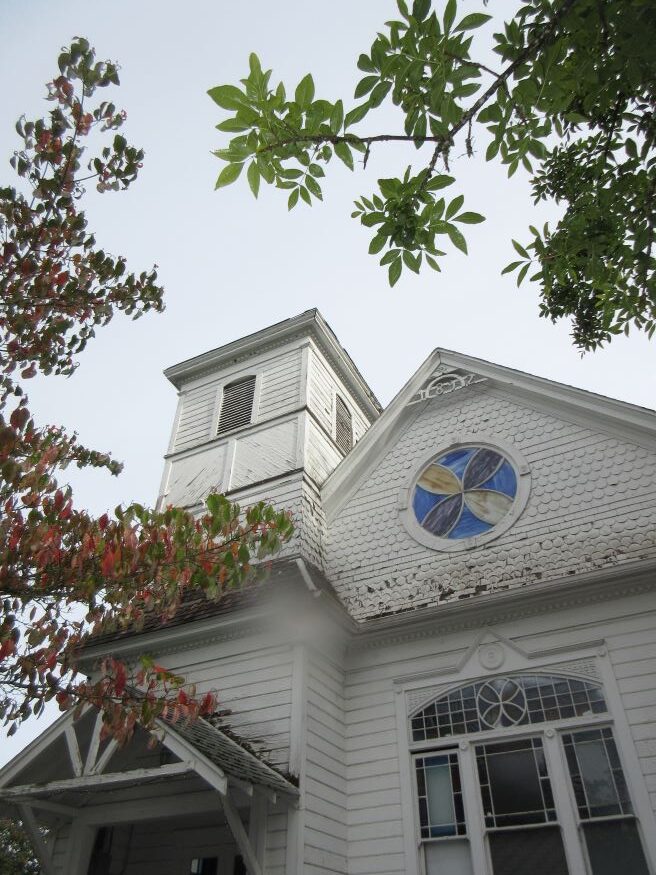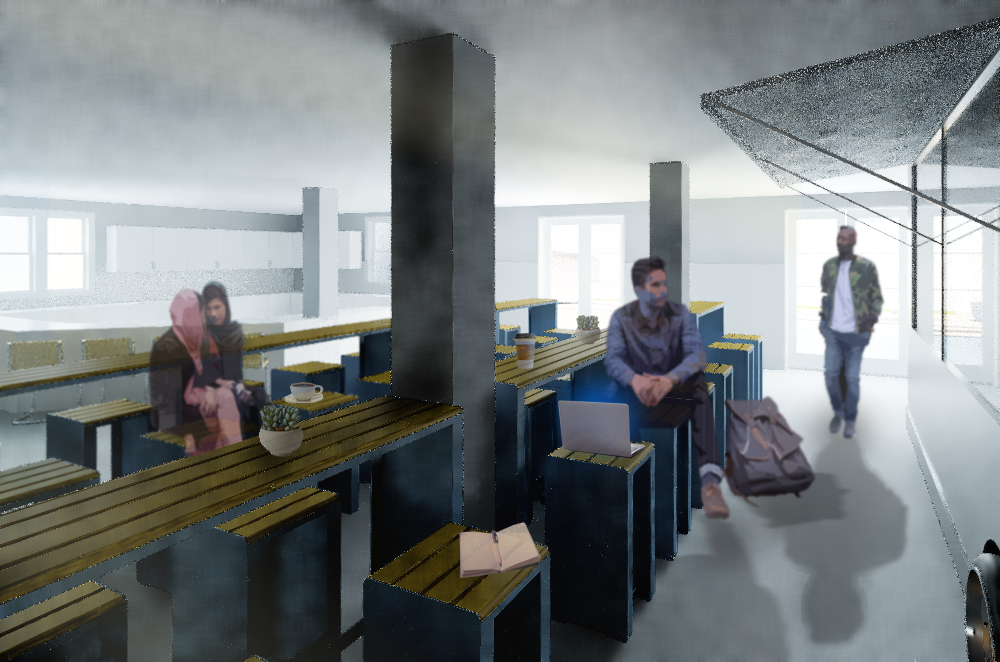Single-use, purpose-built older structures are notoriously difficulty to renovate for a new use. Older church structures, specifically, are some of the most difficult to convert.
As the financial incomes and patrons of congregations around the world continue to decline, maintaining and repairing a church building specifically a historic one become significant burdens. Many churches are active for only a handful of hours, one or two days a week. The limited use is a colossal waste of space, structure, and energy.
Within the United States, there has been a substantial drop in religious construction in the Pacific region (CA, OR, WA, AK, and HI). In 2013, religious construction was only 0.8 percent of the nonresidential sector in this region. Ten years ago, it was four times that * Peak construction of new buildings occurred in the early 20th Century and has declined ever since.
To convert a church from religious use to a new use, church owners must solve several hurdles from code restrictions to spatial relationships that impede the conversion process. Most religious structures are code classified as non-conforming use within residential zoned areas so any renovation to a new use is likely to need a zoning appeal as a first step. Major renovations entail a myriad of building code upgrades substantially contributing to renovation costs. Everything from energy, fire & life safety, structural, and universal access upgrades become part of the redesign process.
Apart from private residences, the reuse options take advantage of ‘Group occupancy’ classification to reduce the code mandated upgrades. A global search of renovated religious buildings provides successful conversion examples into private residences, auditoriums, library, breweries, businesses, and community centers.
 Photo of Monmouth Evangelical Church, Monmouth Oregon.
Photo of Monmouth Evangelical Church, Monmouth Oregon.
In Monmouth, Oregon, PMA is assisting the City of Monmouth and the Monmouth Evangelical Church to study potential additional uses within the church while maintaining the religious function and congregational spaces. Situated across from the entry to Western Oregon University, the Monmouth Evangelical Church is a a prime location to create spaces for student and University activities. PMA is providing options that evaluate the addition of an exterior, internally operated, or independently owned, Coffee shop. Studies to convert the under-utilized basement into event space or indoor food venues supporting the thriving on-site food stalls. The main hall is optimal for creating potential performance space with projection and sound occurring on an existing mezzanine level. All the new uses will require an increase in restroom facilities and other support infrastructure.
 Current lower level space
Current lower level space Rendering of possible use of lower level space
Rendering of possible use of lower level spaceThere are financial incentives available for church conversions including federal Historic Tax Credits, the Oregon Special Assessment program for property tax paying entities. There are limited funds available from competitive grant sources and some programming and community use may find funding through Foundations and Trust organizations.
Religious structures are beautiful spaces and their conversion maintains the history, is sustainable, and helps achieve carbon neutral goals.
* Tobin Grant, Religious News Service, December 8, 2014
Blog post written by Peter Meijer, PMA Principal and Founder.
